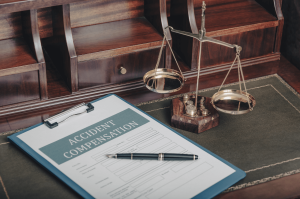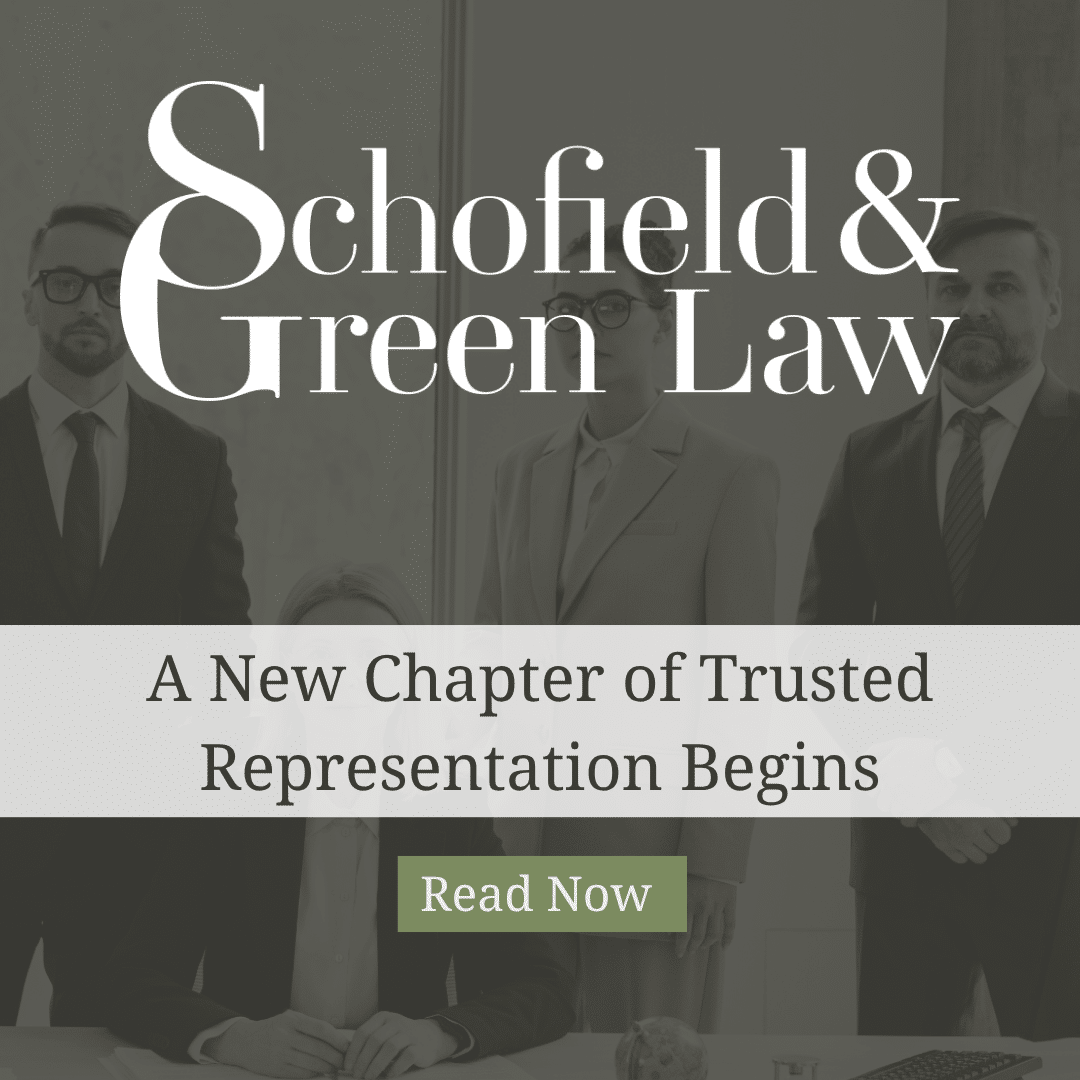In a successful civil lawsuit, personal injury damages are collected from the liable party. But exactly what are damages? What are the different types of damages? And how much can a plaintiff collect? At the Green Law Firm, we can help answer these questions and provide a greater understanding of personal injury damages. Understanding your personal injury case is paramount and a key to obtaining the compensation you deserve.

What Are Damages?
The purpose of damages in a personal injury lawsuit is to make the plaintiff whole again after an injury. However, sometimes this is just not possible, and some injuries are subjective, such as a victim’s pain and suffering.
Types of Damages
Damages are broken down into two general categories: economic and non-economic damages.
Economic damages strive to compensate victims for their actual financial losses. Economic damages include compensation for medical expenses stemming from all injuries caused by the defendant, as well as any wages or income lost because of the injury. If a plaintiff was permanently disabled because of the accident, then the income they would have earned over the course of their lifetime may have to be paid by the defendant.
Non-economic damages include all those losses that can’t really be assigned an exact dollar amount. Pain and suffering, emotional distress, and loss of companionship/consortium are examples of non-economic damages. The emotional distress in the aftermath of an injury can be just as debilitating as the injury itself. A doctor can diagnose post-traumatic stress disorder and it can be eligible for financial compensation.
Family members of those killed by someone else’s negligence can collect wrongful death damages. States have varying rules about parents of grown children, siblings, cousins, or distant relatives filing wrongful death claims. However, every state allows spouses and parents of minor children to sue for wrongful death.
Punitive damages are different from other damages in that they are not meant to compensate a victim, but rather punish a defendant for a particularly egregious wrongdoing and act as a deterrent to other would-be wrongdoers.

How Are Personal Injury Damages Calculated?
Calculating the total value of a personal injury case is more complex than simply adding up medical bills. Each case is unique, and a wide range of factors must be considered to determine the compensation owed. Courts and insurance companies often evaluate:
- The severity of your injuries
- Length of recovery time
- Whether permanent disabilities or disfigurement occurred
- Impact on your ability to work or earn future income
- Emotional and psychological trauma
- The overall effect on your quality of life
Medical records, expert testimony, income statements, and even journals documenting daily pain can all be used to support the value of both economic and legal damages. It is essential to find a personal injury attorney who will work with trusted medical professionals, financial experts, and accident investigators to build a thorough case to protect and justify you.
The Legal Reasoning Behind Personal Injury Compensation
Personal injury damages are intended to provide compensation to help restore a victim to their pre-accident financial, physical, and emotional state. When someone is harmed due to the fault of another party, the law allows the injured person to pursue compensation for the losses they’ve suffered.
These damages serve several important purposes:
- Compensation for Losses: Victims often face steep medical bills, lost wages, and other financial burdens after an injury. Compensation helps with these expenses so the injured party isn’t left to bear the cost of someone else’s mistake.
- Acknowledgment of Suffering: Not all injuries are visible. Pain, mental distress, trauma, and diminished quality of life are consequences of many accidents. Non-economic damages are awarded to recognize and address these personal hardships, allowing the victim to recover.
- Accountability: Awarding damages holds the liable party accountable for their actions. In cases of negligence or intentional misconduct, the wrongdoer is held responsible so that the victim may recover and the act is never repeated.

Damages Caps
Typically, damage caps only apply to non-economic damages- and only in special cases, for instance medical malpractice. Because some states have implemented damage caps as part of tort reform efforts, it is especially important to understand the difference between economic and non-economic damages.
Read More: New Treatment Gives Hope to Patients | Colorado Springs Spinal Injury Lawyers
Why Legal Representation Matters in Damage Recovery
Personal injury claims can become complicated quickly, primarily when insurance companies work to reduce or deny compensation. Without experienced legal support, it’s easy for your case to be undervalued. Proper legal guidance ensures that you get full compensation for your injury.
By partnering with an experienced Colorado Springs personal injury attorney, you gain an advocate who understands how to:
- Accurately calculate all types of damages.
- Challenge low settlement offers.
- Negotiate effectively with insurance adjusters.
- Present compelling evidence to support your case in court.

Contact Colorado Springs Personal Injury Attorneys
If you have been injured due to someone else’s negligence, you could be entitled to compensation. However, certain restrictions and time limitations may apply in certain situations. If you have been injured in an accident in Colorado Springs, contact the experienced Colorado Springs personal injury attorneys at Schofield & Green Law Firm today to schedule a no-obligation consultation and discuss your case. Call us today at 1-719-694-8515.






